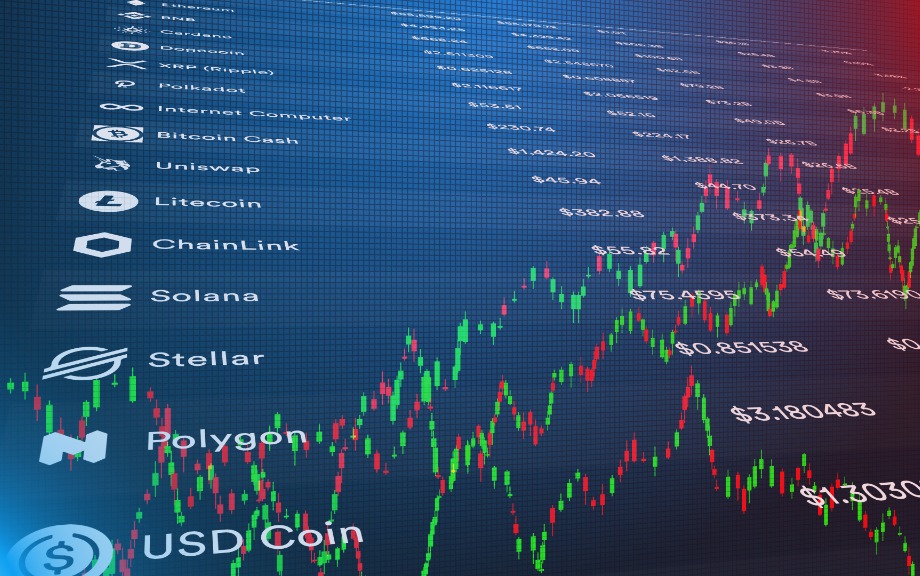The Origins of Market Power in DeFi

In our previous Liberty Street Economics post, we introduced the decentralized finance (DeFi) intermediation chain and explained how various players have emerged as key intermediaries in the Ethereum ecosystem. In this post, we summarize the empirical results in our new Staff Report that explains how the need for transaction privacy across the DeFi intermediation chain gives rise to intermediaries’ market power.
The DeFi Intermediation Chain

Decentralized Finance, or DeFi, is a rapidly growing ecosystem of financial applications built on blockchain technology, primarily on the Ethereum network. These applications aim to recreate traditional financial instruments and services, such as lending, borrowing, trading, and insurance. The DeFi intermediation chain connects a series of intermediaries who find arbitrage opportunities, aggregate transactions into blocks, validate these blocks, and ultimately append them to the blockchain. In this post, we summarize results from our staff report describing how arbitrage opportunities arise in the Ethereum blockchain, and how the need to keep these arbitrage opportunities private gives rise to the intermediation chain.
Runs on Stablecoins

Stablecoins are digital assets whose value is pegged to that of fiat currencies, usually the U.S. dollar, with a typical exchange rate of one dollar per unit. Their market capitalization has grown exponentially over the last couple of years, from $5 billion in 2019 to around $180 billion in 2022. Notwithstanding their name, however, stablecoins can be very unstable: between May 1 and May 16, 2022, there was a run on stablecoins, with their circulation decreasing by 15.58 billion and their market capitalization dropping by $25.63 billion (see charts below.) In this post, we describe the different types of stablecoins and how they keep their peg, compare them with money market funds—a similar but much older and more regulated financial product, and discuss the stablecoin run of May 2022.
Computer Saturation and the Productivity Slowdown

One of the current puzzles in economics is the recent worldwide slowdown in productivity, compared to the late 1990s and early 2000s. This productivity loss is economically large: if productivity growth had stayed at the same level as in 1995-2004, American GDP would have increased by trillions of dollars. In this post, I discuss a new paper that links this productivity slowdown to saturation in electronics adoption across most industries. I show that most of the productivity growth from electronic miniaturization is concentrated between 1985 and 2005.
Endogenous Supply Chains, Productivity, and COVID‑19

During the COVID-19 pandemic, many industries adapted to new social distancing guidelines by adopting new technologies, providing protective equipment for their employees, and digitizing their methods of production. These changes in industries’ supply chains, together with monetary and fiscal stimulus, contributed to dampening the economic impact of COVID-19 over time. In this post, I discuss a new framework that analyzes how changes in supply chains can drive economic growth in the long run and mitigate recessions in the short run.












 RSS Feed
RSS Feed Follow Liberty Street Economics
Follow Liberty Street Economics